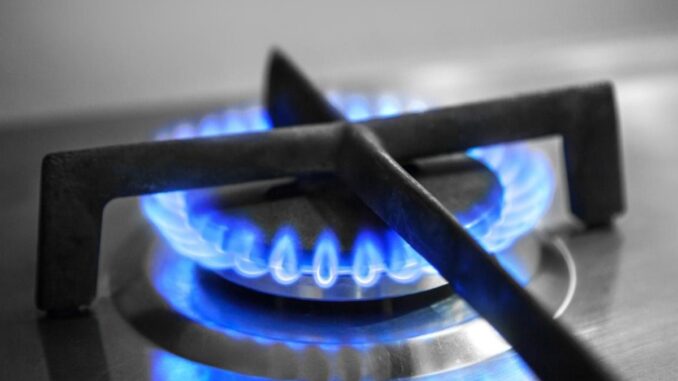
The price drop occurred the day before the expiration of the February contract as the front-month on the New York Mercantile Exchange, when volatility often peaks because trading volumes are low. In 2022, gas prices soared by a record 46% on the day the February contract expired before plunging 26% the following day when the March contract became the front-month.
Thursday’s price move came despite a bigger-than-expected storage withdrawal. The U.S. Energy Information Administration (EIA) said U.S. utilities pulled 91 billion cubic feet (bcf) of gas from storage during the week ended Jan. 20.
That was more than the 82-bcf decline analysts forecast in a Reuters poll.
Analysts said last week’s build was much smaller than average because the weather then was warmer than normal, keeping heating demand low.
As for Freeport, the company said earlier this week that its export plant was ready to begin the process of exiting a seven-month outage, pending regulatory approval. But several analysts have stuck with their earlier estimates that it will take until March or later for the plant to start pulling in big amounts of gas from pipelines.
Freeport, the second-biggest U.S. LNG exporter, is important because the market expects gas prices and demand to rise once the plant returns. The facility, which shut after a fire in June 2022, can pull in about 2.1 billion cubic feet per day (bcfd) of gas and turn it into LNG when operating at full power.
That is about 2% of what U.S. gas producers pull out of the ground each day.
Small amounts of pipeline gas started flowing to Freeport on Thursday, according to Refinitiv data. Officials at Freeport had no comment on what they were using the gas for. The last two times gas flowed to Freeport, from Jan. 14-18 and Dec. 20-28, sources said the company used the gas to maintain a flare system.
On its second-to-last day as the front-month, gas futures for February delivery fell 21.7 cents, or 7.1%, to $2.850 per million British thermal units (mmBtu) at 10:39 a.m. EST (1539 GMT), putting the contract on track for its lowest close since April 2021.
That continues the record volatility seen last year, with the contract now on track to close up or down over 5% on 10 of the 17 trading days in 2023.
The March contract, which will soon be the front-month, was down about 15 cents at $2.77 per mmBtu.
Meanwhile, recent increases in crude futures to a nine-week high boosted oil’s premium over gas to its highest since January 2020. Over recent years that premium has prompted U.S. energy firms to focus drilling activity on finding more oil instead of gas.
The oil-to-gas ratio, or level at which oil trades compared with gas, jumped to 29-to-1 on Thursday. Crude’s average premium over gas was 15 times gas in 2022 and the five-year average (2018-2022) is 20 times. On an energy equivalent basis, oil should trade only six times over gas.
Share This:
Previous Article
Oil Edges Higher as China Demand and US Dollar Take Center Stage



